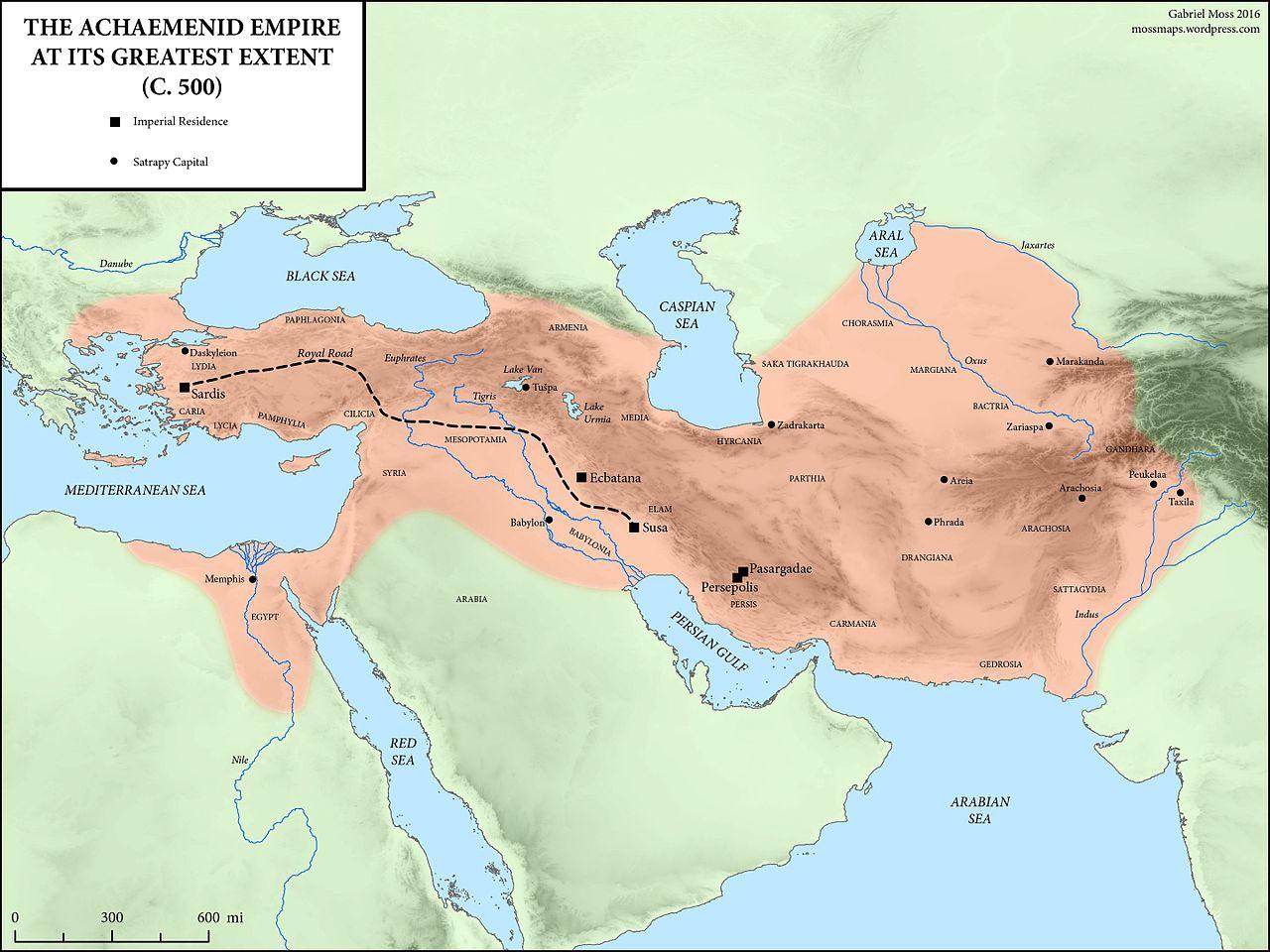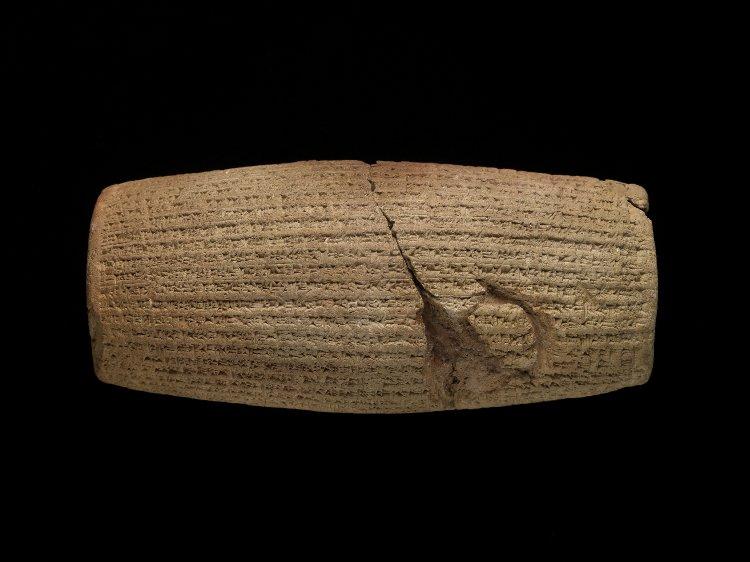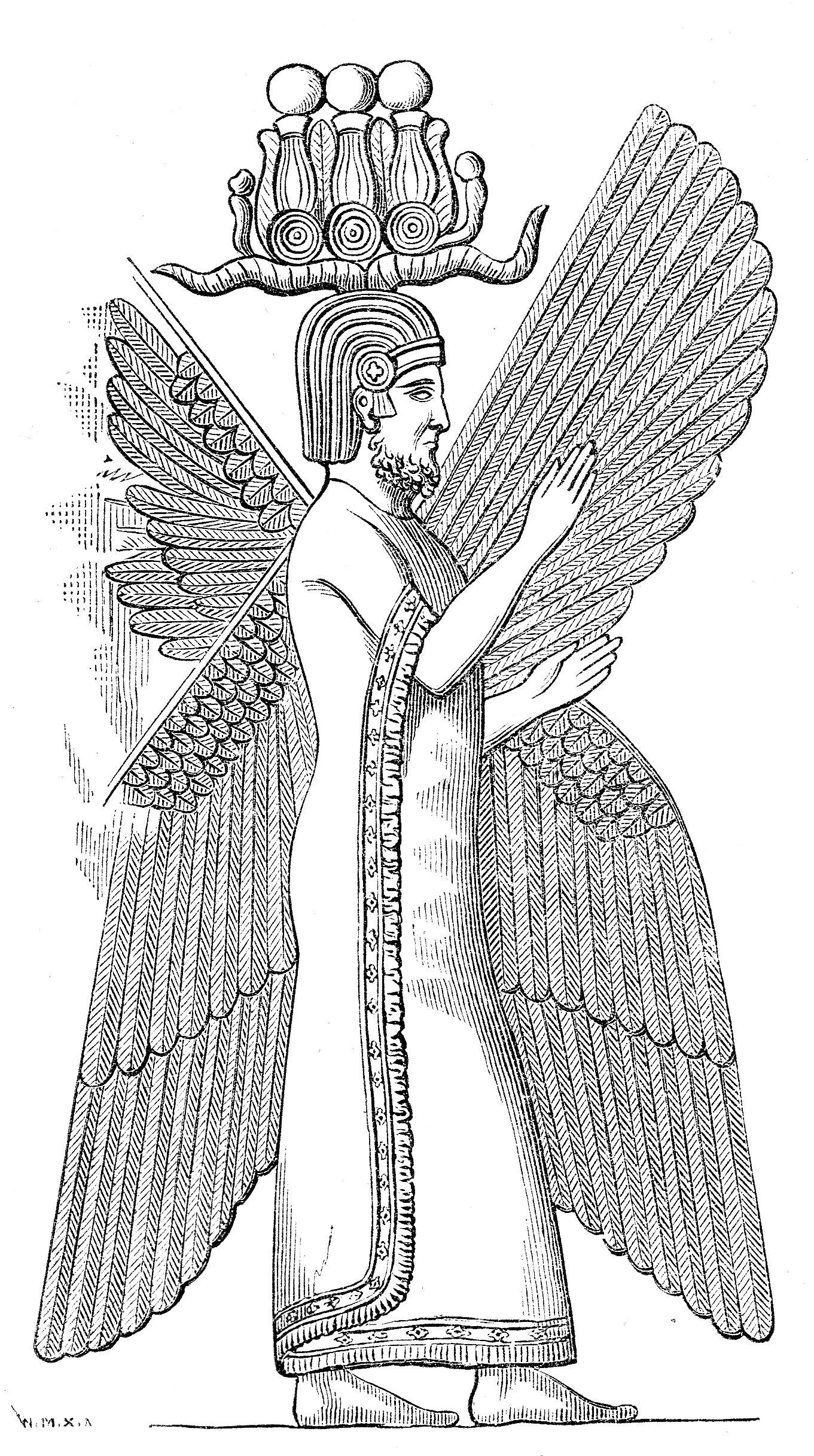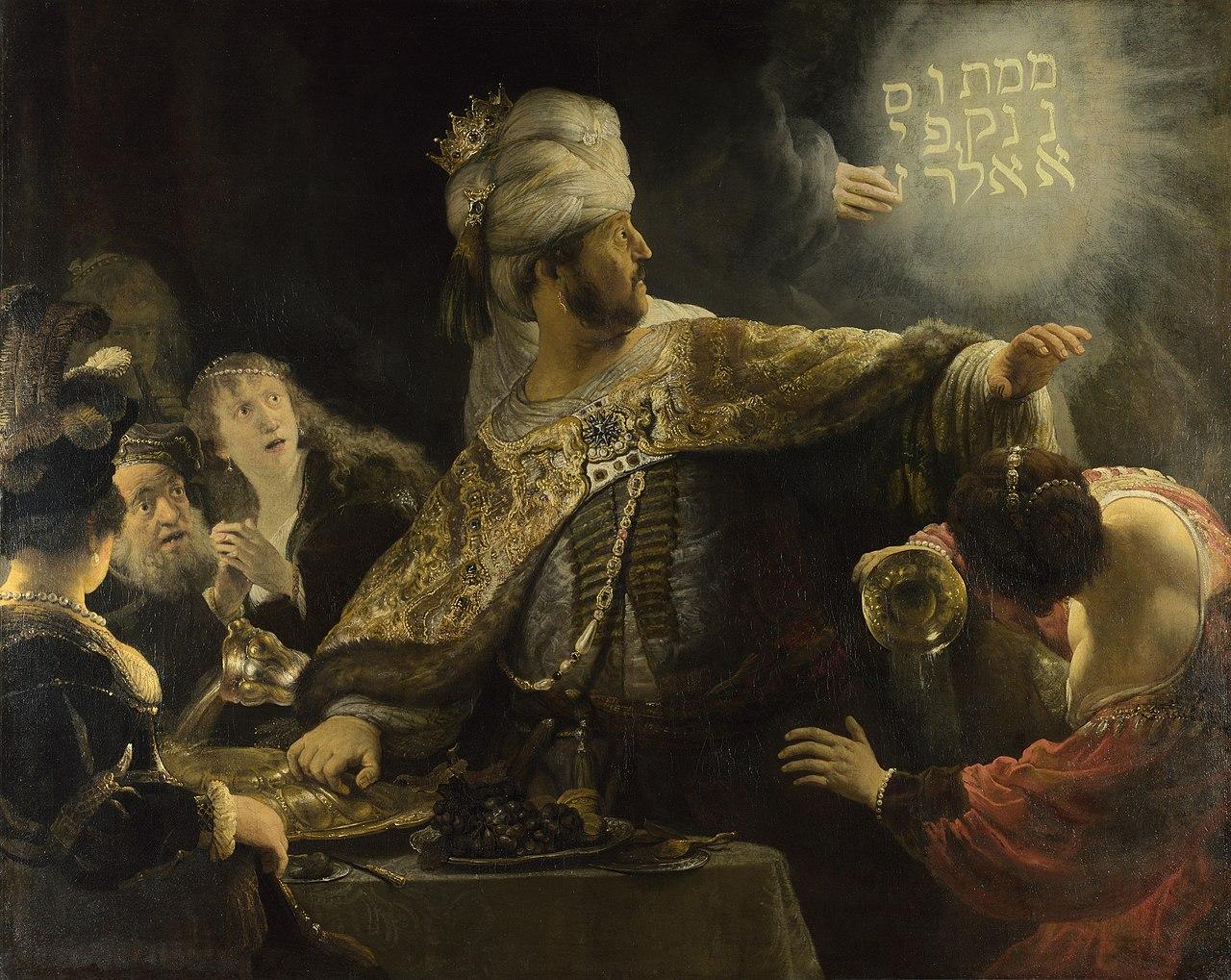The First-ever Human Rights Declaration That Inspired The United States Constitution And Corroborates A Biblical Story


The Achaemenid Empire was established circa 550 BC and conquered by Alexander the Great by 330 BC. Throughout its existence, it was at war with its western neighbour, Ancient Greece. The rivals could not be more different: the Achaemenid Empire was the largest empire that ever existed, it was a hereditary monarchy with a strong system of bureaucracy, and the primary focus of education was to ride a horse, to draw a bow, and to speak the truth. Ancient Greece was much smaller, comprised of several independent (and rivalling) states. Attica, its leading state, with the capital in Athens, was a direct democracy, focused on sciences, culture and personal development.
It is fascinating to observe how the rivalry between two civilisations informed the development of their cultures. I will be exploring this using three objects that are on display in the British Museum. Ultimately, as we will see in the third story, it resulted in the creation of one of the Wonders of the Ancient World. But let us start from the beginning! The subject of the first story will be the Cyrus Cylinder. The second story will be about the Parthenon frieze, and the third will present the Mausoleum.
Why Worry About A Clay Barrel?

The British Museum visitors who don’t come specifically to see it tend to dash past the cylinder without paying any attention!
Perhaps they shouldn’t. This shabby chunk of clay is important because
- it corroborates one of the stories of the Old Testament,
- it is assumed to represent the first-ever human rights declaration,
- it inspired the United States Constitution.
Who Was Cyrus?

At that stage Persians did not appreciate the benefits of writing down history, so the most useful and detailed account of Cyrus’ reign is Cyropaedia, which is partly fictional, written around 370 BC (almost 2 centuries after Cyrus became a king) and penned by Xenophon, a student of Socrates and obviously a Greek. By that time, Greeks and Persians were well-established arch-enemies!
Despite the fact that this account was clearly inaccurate and biased against Cyrus, it still inspires admiration in Cyrus: Alexander the Great was known to be infatuated with him, and Thomas Jefferson had two copies of Cyropedia and probably drew inspiration from this book when writing the Declaration of independence.
Cyrus And The Old Testament

The inscription on Cyrus cylinder is corroborating the Old Testament. This is because Jews, along with people of other nations previously conquered by Babylonians, were allowed to return to their lands and worship their god – this episode is also described in the Bible.
The story goes as follows: during the feast of Belshazzar, the co-ruler of Babylon, a hand appeared and has written a prophecy on the wall that was meant to warn that Belshazzar’s days are numbered because of his impiety towards the God. And, indeed, soon after Babylon was conquered by Cyrus.
The expression the writing on the wall comes from this story.
Cyrus, The Human Rights, And The United States Constitution
The cuneiform inscriptions on the cylinder describe how Cyrus freed nations enslaved by the Babylonians, and returned their various gods to their shrines. The translation reads: I collected together all of their people and returned them to their settlements, and the gods of the land of Sumer and Akkad which Nabonidus – to the fury of the lord of the gods – had brought into Shuanna, at the command of Marduk, the great lord, I returned them unharmed to their cells, in the sanctuaries that make them happy.

According to Caroline Winterer of Stanford University, the Founding Fathers of the United States, and Thomas Jefferson in particular, were not interested in Cyrus for his liberal ideas per se. Rather, they saw him as an example of a highly successful ruler who was universally admired by his subjects and even by his enemies. His ideas of tolerance and fairness – “his subjects he cared for and cherished as a father might care for his children” – appeared to be indispensable tools for a state to be successful.
Why The Cylinder?

The clay cylinders that glorify the achievements of the kings seemed to be a common form of the foundation deposits in the Ancient Middle East.
One other notable example are the Cylinders of Nabonidus, Nabonidus being the king of Neo-Babylonian Empire deposited by Cyrus. The cylinders of Nabonidus from the city of Ur are particularly remarkable as the mention not only Nabonidus but also his son Belshazzar, depicted on the Rembrandt‘s painting above.
The inscription on Cyrus cylinder mentions, presumably another foundation deposit, from Ashurbanipal, the king who ruled the Neo-Assyrian Empire from 668 BC to cr. 627 BC: I saw within it an inscription of Ashurbanipal, a king who preceded me;[…] in its place.
Cyrus Cylinder In The 21st Century


More recently, the Freedom Sculpture installed in Los Angeles in 2017 was inspired by the Cyrus Cylinder.
These exhibitions were a striking example of successful cooperation (even on the museum level) between the countries that ordinarily do not get along well. Perhaps a better understanding of the past is the key to a better future.
Additional Information
- My great-grandfather’s name was Кир, the Russian equivalent of Cyrus.
- If you have an hour to spare and are prepared to be fascinated, listen to Neil MacGregor‘s and Timothy Potts‘s Discussion on the Cyrus Cylinder:
-
The expression the writing on the wall was used by Sam Smith for the title of the theme song used in James Bond's 'Spectre' (2015):
Leave a Reply